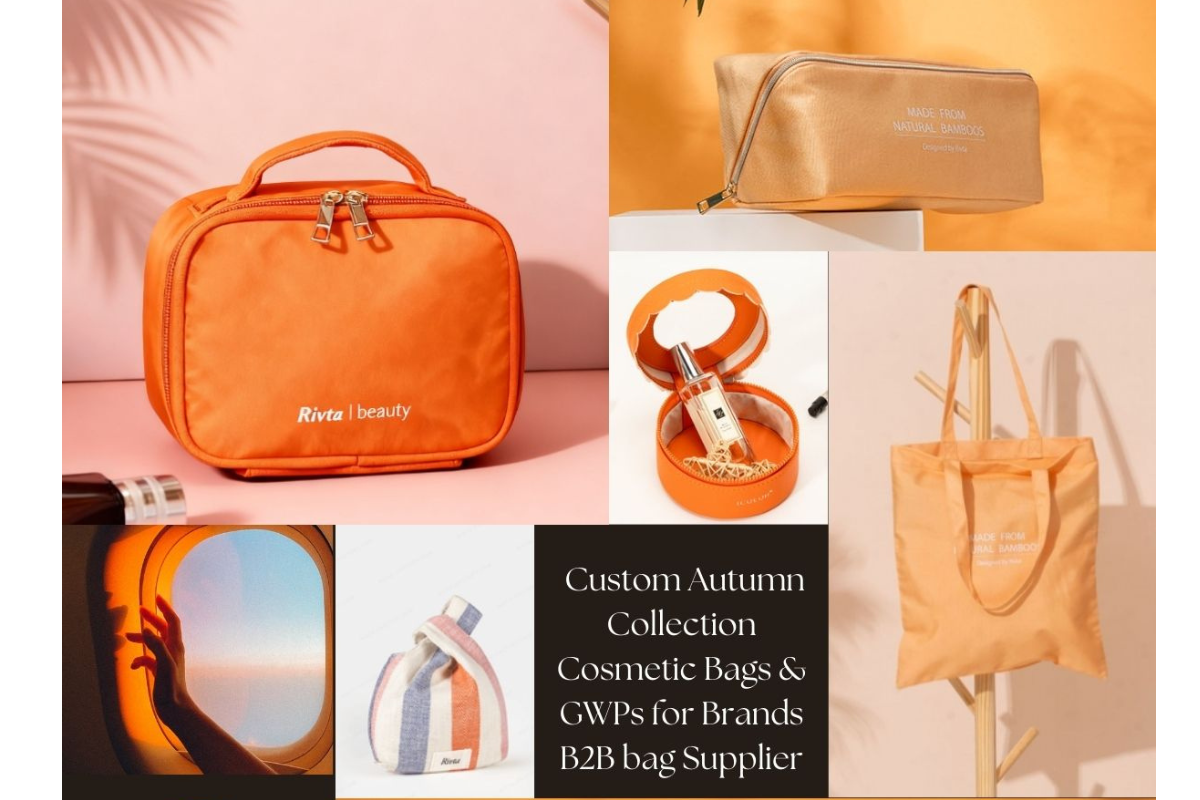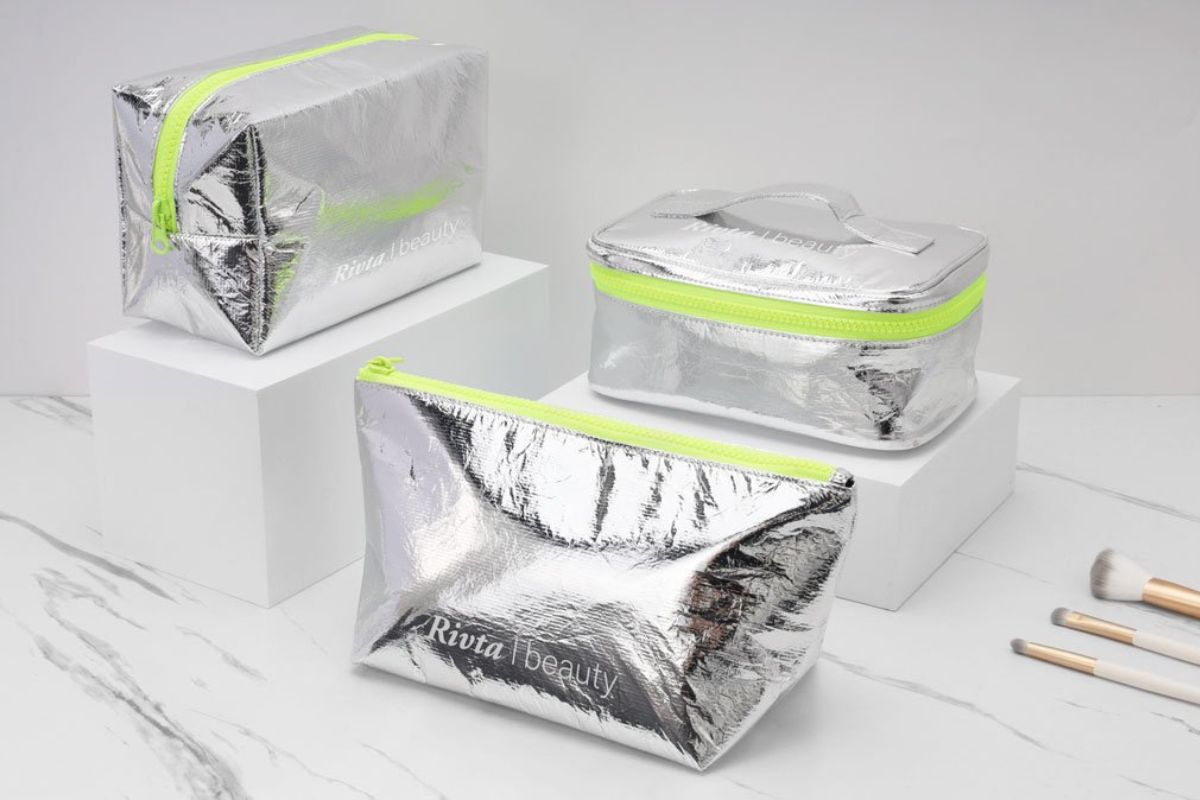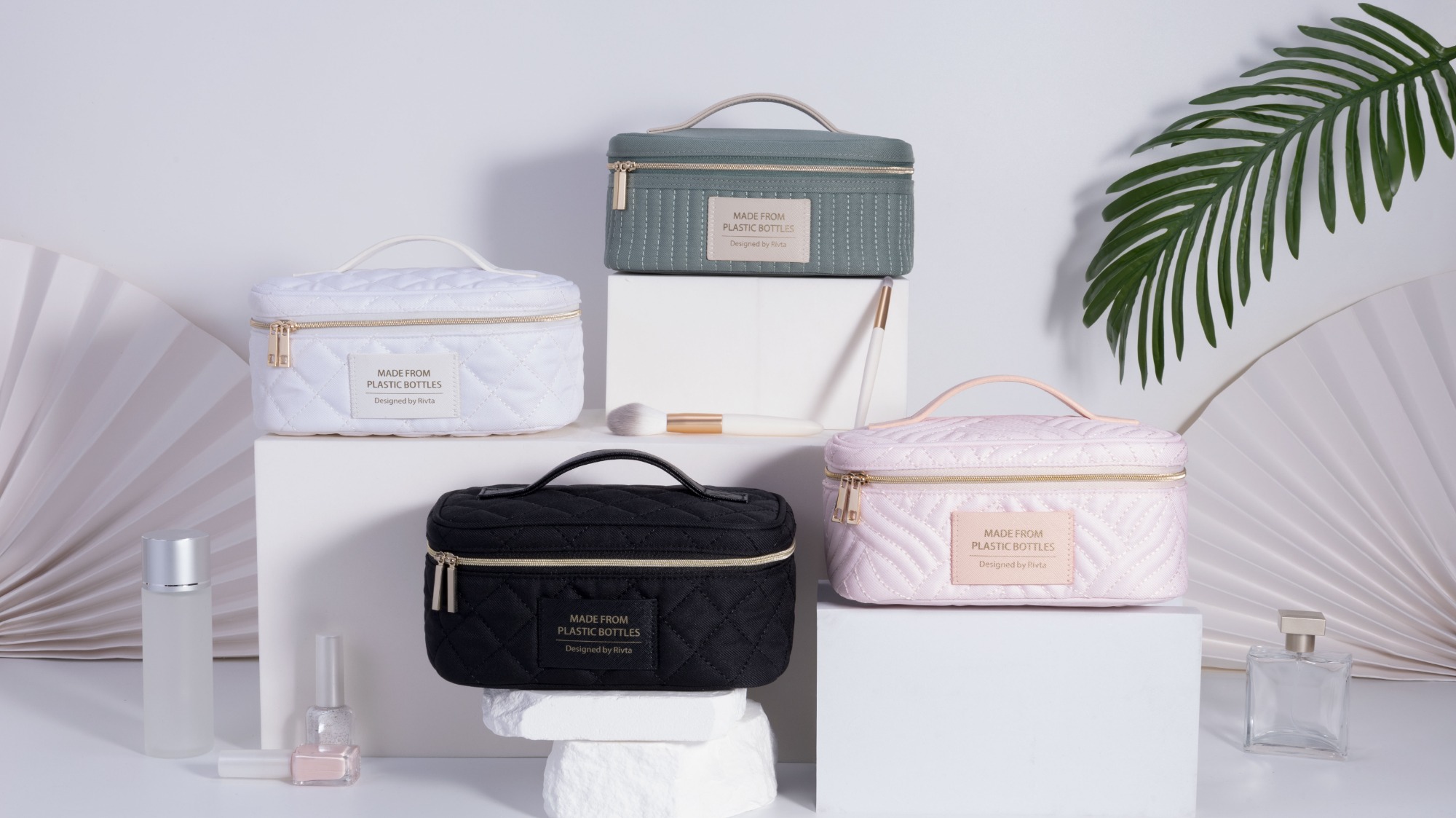From Canvas to Velvet: Choosing the Right Material for Your Custom Bag?
Are you overwhelmed by all the material choices for your custom bag? The wrong fabric can ruin your design and misrepresent your brand. Let's find the perfect material that tells your story.
To choose the right material, you must consider your brand's identity, budget vs. perceived value, technical needs like durability and printability, and sustainability goals. Each fabric, from canvas to velvet, communicates a different message and function for your brand.
The material is more than just a functional choice; it is the first thing your customer touches and feels. It sets the tone for the entire brand experience. A material can tell a story of luxury, sustainability, or utility before a single word is read. I have guided countless designers through this selection process, and it always comes down to a few key questions. Let's explore these questions together to ensure your final product is not just beautiful, but also a perfect reflection of your brand.
What Does Your Material Choice Say About Your Brand?
Does your packaging feel disconnected from your brand's core identity? A material mismatch can send the wrong message to your customers. Let's align your fabric choice with your brand's unique story.
Your material choice is a form of non-verbal communication. Natural cotton canvas can say "eco-conscious and down-to-earth," while plush velvet suggests "luxurious, indulgent, and sophisticated." The fabric instantly communicates your brand's values and positioning.

I believe that every design choice should serve the brand's story. I once consulted with a high-end, minimalist skincare brand. Their products were all about clean, natural ingredients and sophisticated science. They were considering a simple, shiny polyester bag for their new gift set because the price was low. I had to gently explain that this choice would create a major disconnect. Shiny polyester can feel mass-market and synthetic. It would actively contradict their message of natural, premium quality. The bag their customer holds must feel like it belongs to the same family as the products inside.
The Language of Fabrics
Every material has a personality and speaks its own language. As a designer, your job is to be the translator. You need to pick the material that says exactly what you want it to say about the brand. A simple switch in fabric can completely change the perception of a product. A customer can feel the difference instantly, even if they can't explain why.
Here is a quick guide to what different materials often communicate:
| Material | Brand Message |
|---|---|
| Cotton Canvas | Natural, authentic, durable, down-to-earth |
| Velvet | Luxurious, sensual, classic, indulgent |
| PU Leather | Modern, sleek, cruelty-free, professional |
| Recycled Polyester (rPET) | Innovative, conscious, responsible, modern |
For that skincare client, we chose a high-quality, heavyweight organic cotton canvas instead. We used a simple, blind debossed logo. The final product was perfect. It felt clean, natural, and premium. It reinforced their brand story instead of undermining it.
How Do You Balance Material Costs with Perceived Value?
Are you struggling to meet a tight budget without making the final product look cheap? Choosing a material solely on price is a risky move. Let's explore how to maximize value and appeal.
Focus on materials with a high perceived value relative to their cost. For example, a quality recycled polyester (rPET) or a soft PU leather can feel more luxurious and expensive than their price point suggests, offering a great return on investment.
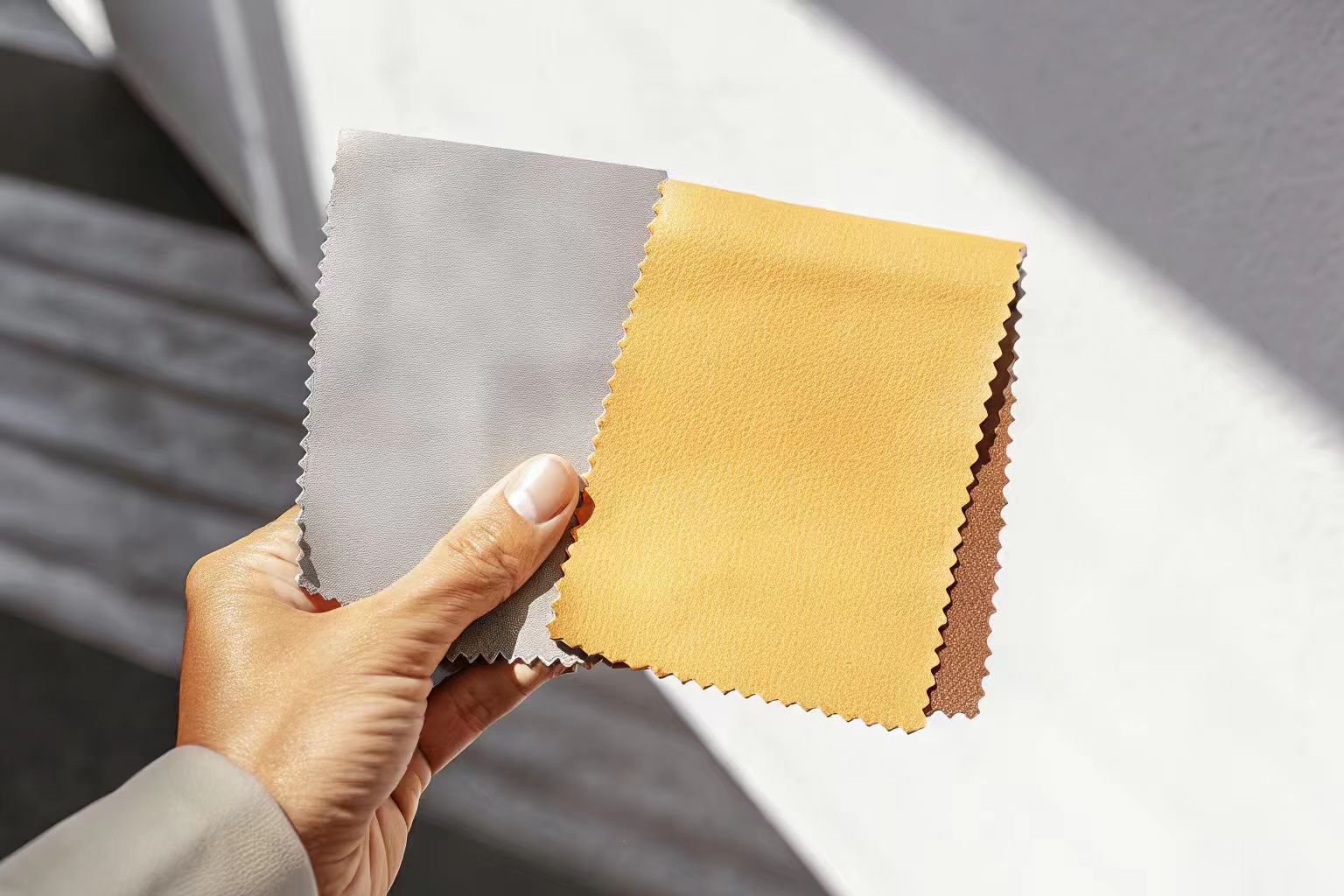
Every designer faces the classic challenge: matching the creative vision with the project budget. The secret I have learned over the years is that the lowest price is rarely the best value. The goal is not to find the cheapest option, but the smartest option. A smart choice is a material that makes your customer feel like they are getting something special and valuable. It is all about the perceived value. I have seen clients increase their budget by just 10% on a better material and see a massive improvement in customer reaction and campaign ROI.
The Value Matrix
Some materials just punch above their weight class. They look and feel more expensive than they are. This is where you can be really strategic. PU Leather, for example, has improved so much. A good quality PU fabric can have a beautiful texture and weight that feels very close to real leather, but at a much lower cost and with the added benefit of being cruelty-free. This is a huge win. Recycled velvet is another favorite of mine. It has that immediate, unmistakable feeling of luxury, but you can also add a sustainability story to it. This combination dramatically increases its perceived value for today's conscious consumer.
| Material | Cost Level | Perceived Value | Key Benefit |
|---|---|---|---|
| Standard Polyester | Low | Low | Very budget-friendly. |
| Cotton Canvas | Medium | Medium-High | Feels natural and durable. |
| PU Leather | Medium | High | Looks sleek and expensive. |
| Recycled Velvet | Medium-High | Very High | Feels opulent, has a green story. |
I remember a gift-with-purchase project where the client initially specified a basic nylon pouch. We convinced them to switch to a textured rPET fabric made from recycled bottles. The cost increase per bag was only a few cents, but the difference was huge. The new bag felt substantial and well-made. It felt like a real gift, not a cheap freebie, and that drove sales.
How Do Durability, Function, and Printability Affect Your Choice?
Are you worried your beautiful design won't hold up in real-world use? A bag that fails is a bad look for your brand. Let's choose a material that works as good as it looks.
Consider the bag's end use. A daily cosmetic case needs durable, wipeable material like rPET or PU leather. A promotional tote needs strong seams. Also, your chosen print method, like screen print or embroidery, will work better on some fabrics than others.

A great design is useless if the product falls apart. A bag is a functional object first and foremost. If the zipper breaks or the fabric tears, the beautiful logo you designed doesn't matter. Before I even think about color or texture, I ask my clients a simple question: "What will the customer do with this bag?" Will they travel with it? Will they take it to the gym? Will it just hold a few items on a dresser? The answer to that question immediately narrows down our material options.
The Technical Triangle
I think about the technical side of materials in three parts: durability, function, and printability. You have to get all three right.
- Durability: This is about strength and longevity. For canvas, we talk about fabric weight (measured in GSM). For a travel bag, you need a material that is water-resistant and easy to clean, like rPET or PU leather.
- Function: This is about how the material behaves. A makeup bag should have a lining that can be wiped clean. Velvet is soft and unstructured, which is great for a jewelry pouch. Some materials are stiff and can create a boxy, structured case.
- Printability: This is critical for getting your branding right. Coarse canvas is perfect for a bold, one-color screen print, but it's terrible for a detailed photo. Smooth rPET is much better for a full-color heat transfer. Embroidery looks incredible on velvet or canvas but can pucker thin fabrics.
This technical check is what separates professional design from amateur mistakes.
| Material | Durability | Best Print Method | Ideal Use Case |
|---|---|---|---|
| Cotton Canvas | High | Screen Print, Embroidery | Totes, everyday pouches |
| Velvet | Medium | Embroidery, Embossing | Luxury GWP, evening bags |
| rPET | High | Screen Print, Heat Transfer | Travel cases, durable pouches |
| PU Leather | High | Debossing, Screen Print | Structured cosmetic cases |
What are the Best Eco-Friendly Options That Make a Statement?
Does your brand have strong sustainability goals, but green materials seem boring or expensive? You do not have to compromise on style. Let's explore beautiful, eco-friendly options that work.
Eco-friendly materials like rPET (from recycled bottles), recycled cotton, and organic cotton are excellent choices. They offer a powerful sustainability story without sacrificing design, helping you meet ESG goals and appeal to today's conscious consumers.
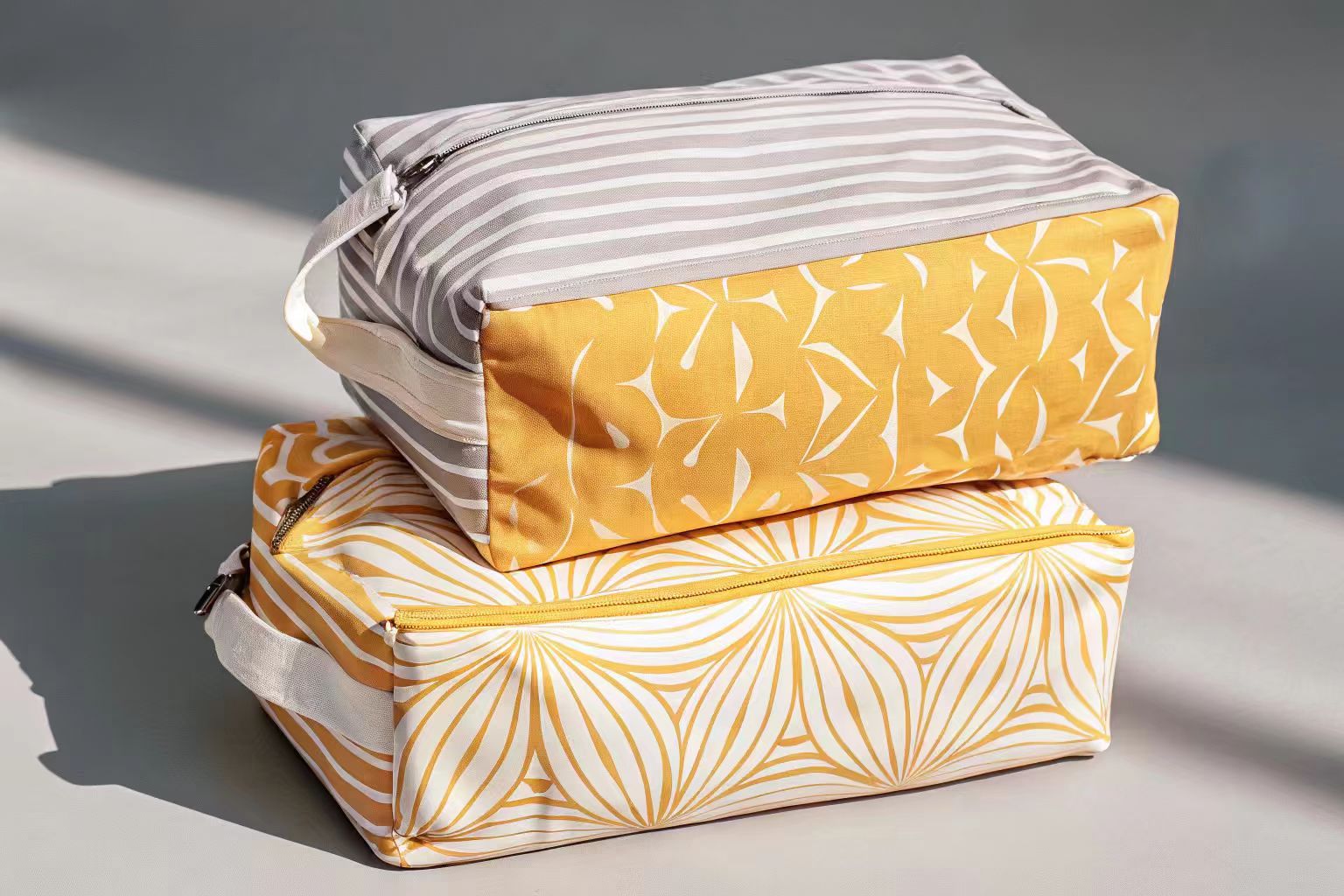
For me and the luxury brands I work with, sustainability is not an afterthought. It is a core part of the design process. Our customers, especially designers like you, expect it. They are looking for ways to meet their company's ESG goals and tell a positive story. The amazing news is that sustainable materials have evolved so much. They are no longer limited to rough, beige burlap. We now have a huge range of beautiful, innovative, and eco-friendly fabrics to choose from.
A Look at Modern Green Materials
I get really excited when I talk to clients about today's sustainable options because they are so versatile.
- rPET (Recycled Polyethylene Terephthalate): This is my favorite material to recommend. I love telling clients that it is made from post-consumer plastic bottles. We are literally turning trash into treasure. rPET can be engineered to feel like canvas, satin, or even felt. It is durable, often water-resistant, and takes print beautifully.
- Recycled Cotton: This material is made from cotton scraps that would otherwise go to a landfill. This process uses far less water and energy than growing virgin cotton. It has a wonderful, authentic texture that feels both premium and responsible.
- Organic Cotton: This is cotton grown without toxic pesticides and synthetic fertilizers. It is better for the soil, the water, and the health of the farmers. It is the perfect choice for wellness, baby, or natural beauty brands.
I recently worked with a brand that switched its main promotional bag from virgin polyester to rPET. They built a small marketing message around it: "This bag helped clean up our oceans." The customer response was incredible. The bag was no longer just a free gift; it was a statement.
Conclusion
Choosing the right material means balancing brand identity, budget, function, and sustainability. The perfect fabric tells your story and creates a product your customers will love and use.

